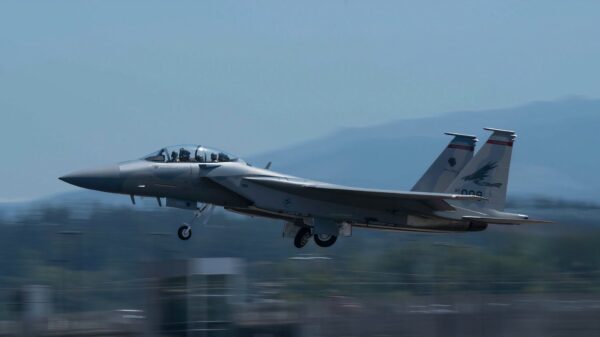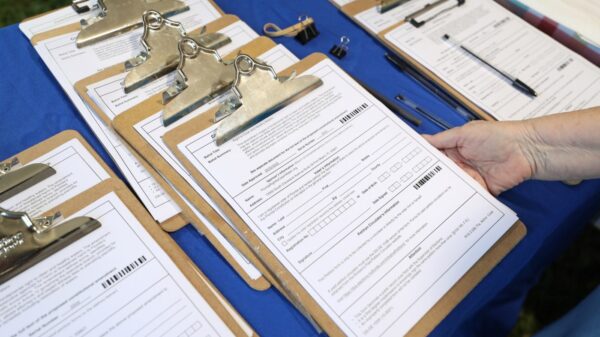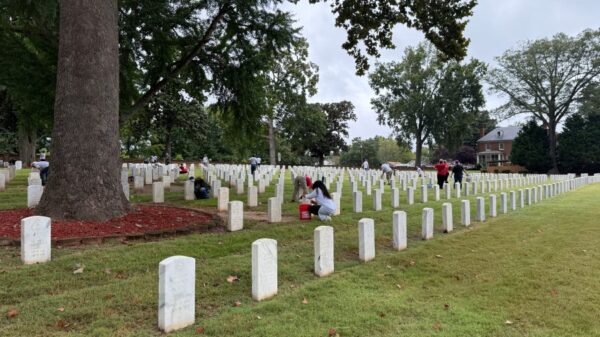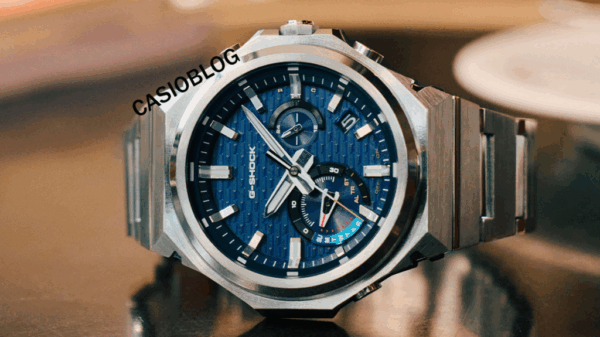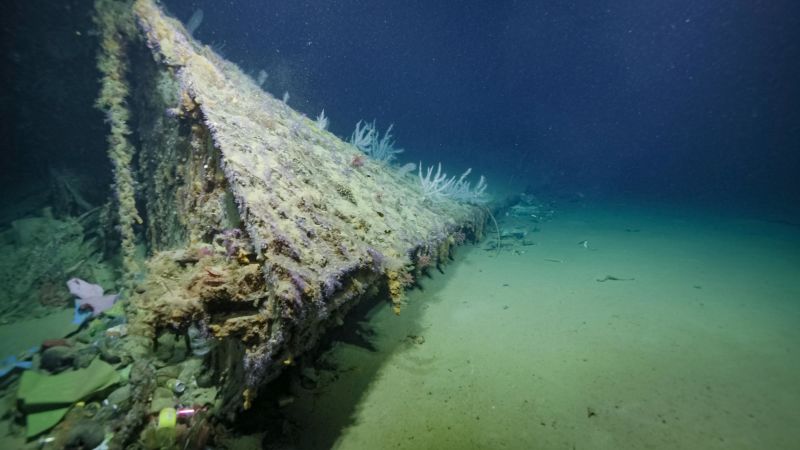The bow of the USS New Orleans, a US Navy cruiser damaged during World War II, has been discovered in the Solomon Islands, shedding light on a remarkable chapter in naval history. The expedition, conducted by the Nautilus Live team from the Ocean Exploration Trust, located the wreckage at a depth of 675 meters (2,214 feet) in Iron Bottom Sound.
On November 30, 1942, the New Orleans was struck by a Japanese torpedo during the Battle of Tassafaronga. This attack resulted in the loss of over 180 sailors and catastrophic damage to the ship’s bow. The crew executed emergency repairs using coconut logs before embarking on an unprecedented 1,800-mile voyage across the Pacific in reverse.
Remarkable Repairs and Dangerous Voyage
After the torpedo explosion severed the first 20% of the 588-foot warship, the crew faced the daunting task of preventing further flooding. They managed to close off bulkheads and navigated to the island of Tulagi, where they sourced repair materials. As described in a US Navy account, the crew creatively camouflaged their ship and constructed a makeshift bow using coconut logs.
Retired US Navy Captain Carl Schuster emphasized the extraordinary skill required to maneuver a warship in reverse. He noted that while a ship’s bow is designed for cutting through waves, the stern is not, making navigation especially challenging. As the stern rises and falls with sea swells, steering becomes increasingly complex.
The crew’s ingenuity not only saved the New Orleans but also allowed it to remain a formidable presence in subsequent battles. After successfully reaching Australia, the ship underwent permanent repairs and went on to participate in major engagements, including the battles of Saipan and Okinawa. These operations were crucial in securing airfields that facilitated the final assaults on Imperial Japan.
Significant Discoveries at Iron Bottom Sound
The recent discovery of the New Orleans’ bow is part of a larger effort to explore Iron Bottom Sound, a site that witnessed five significant naval battles between August and December 1942. This area, previously known as Savo Sound, earned its current name due to the vast number of warships lost during these confrontations.
Before the current expedition, fewer than 100 military vessels and aircraft from the US, Japan, Australia, and New Zealand had been located in this historically significant maritime region. The ongoing 21-day Maritime Archaeology of Guadalcanal expedition, which began on July 2 and concludes on July 23, continues to be live-streamed at nautiluslive.org, allowing viewers to witness the exploration in real time.
The New Orleans was awarded 17 battle stars for its service in the Pacific, ranking it among the most decorated ships in that theater. Its story, marked by courage and resourcefulness, stands as a testament to the resilience of those who served during one of history’s most turbulent eras.









